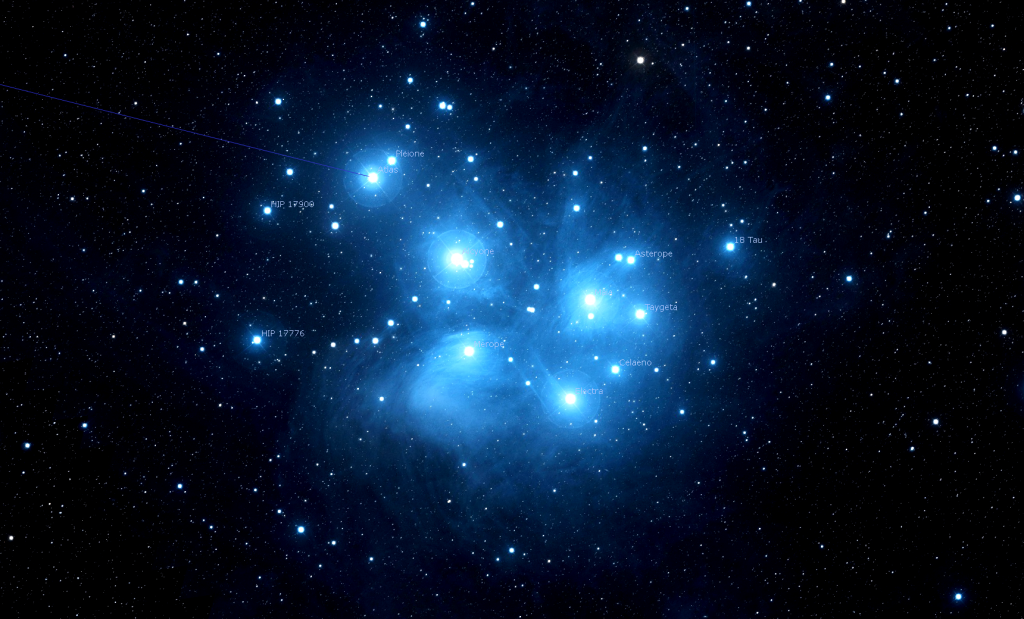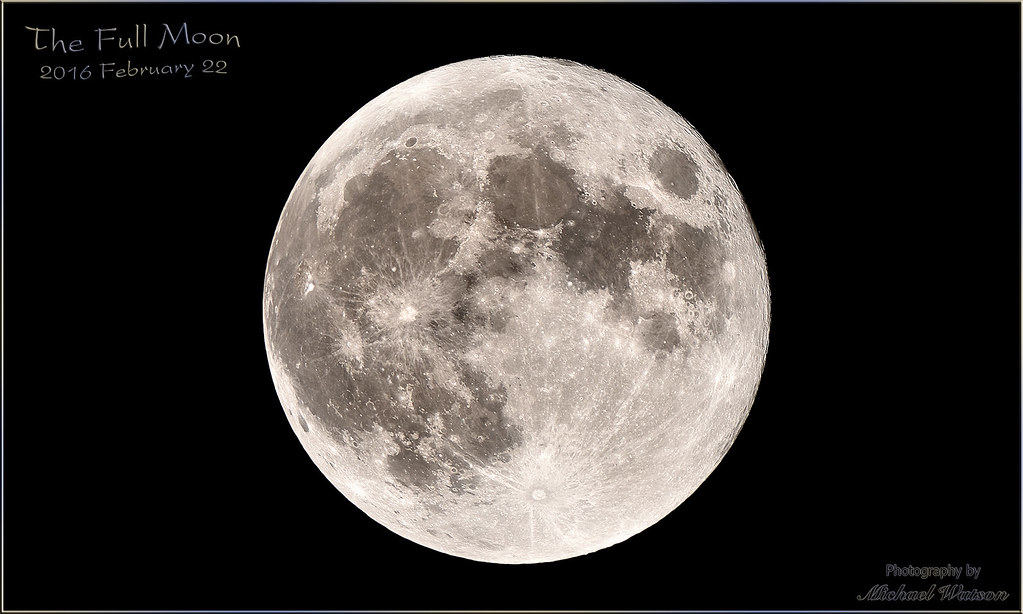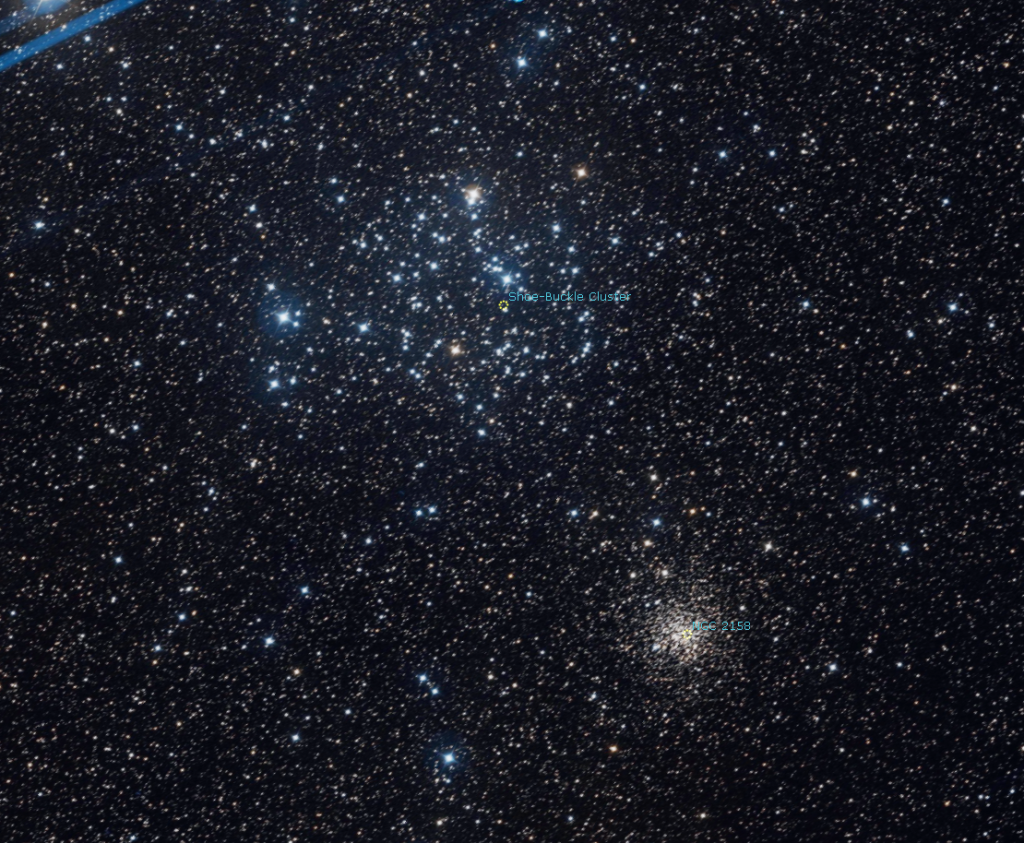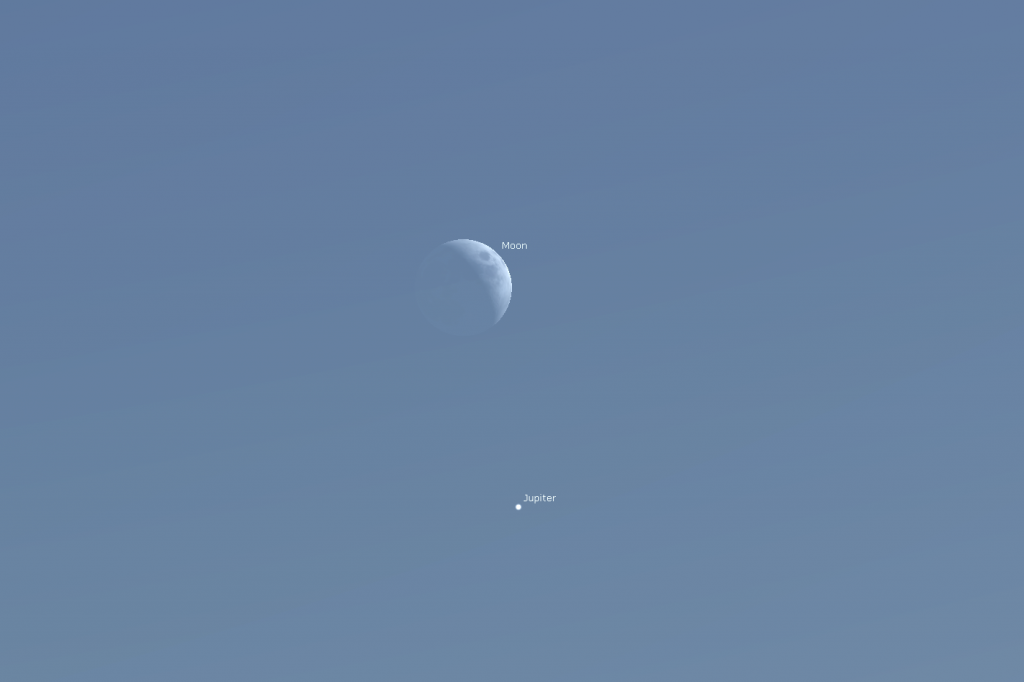Venus at Biggest Brightness, Love Letters on the Moon, a Second First Quarter, and Prominent Pre-dawn Planets!
On Sunday evening, April 26, the young crescent moon will sit beside the bright planet Venus in the western sky after sunset, as shown here at 9 pm local time. The sight will make a lovely photo opportunity. Hello, Moon and Venus Lovers! Here are your Astronomy Skylights for the week of April 26th, 2020…
Read more









